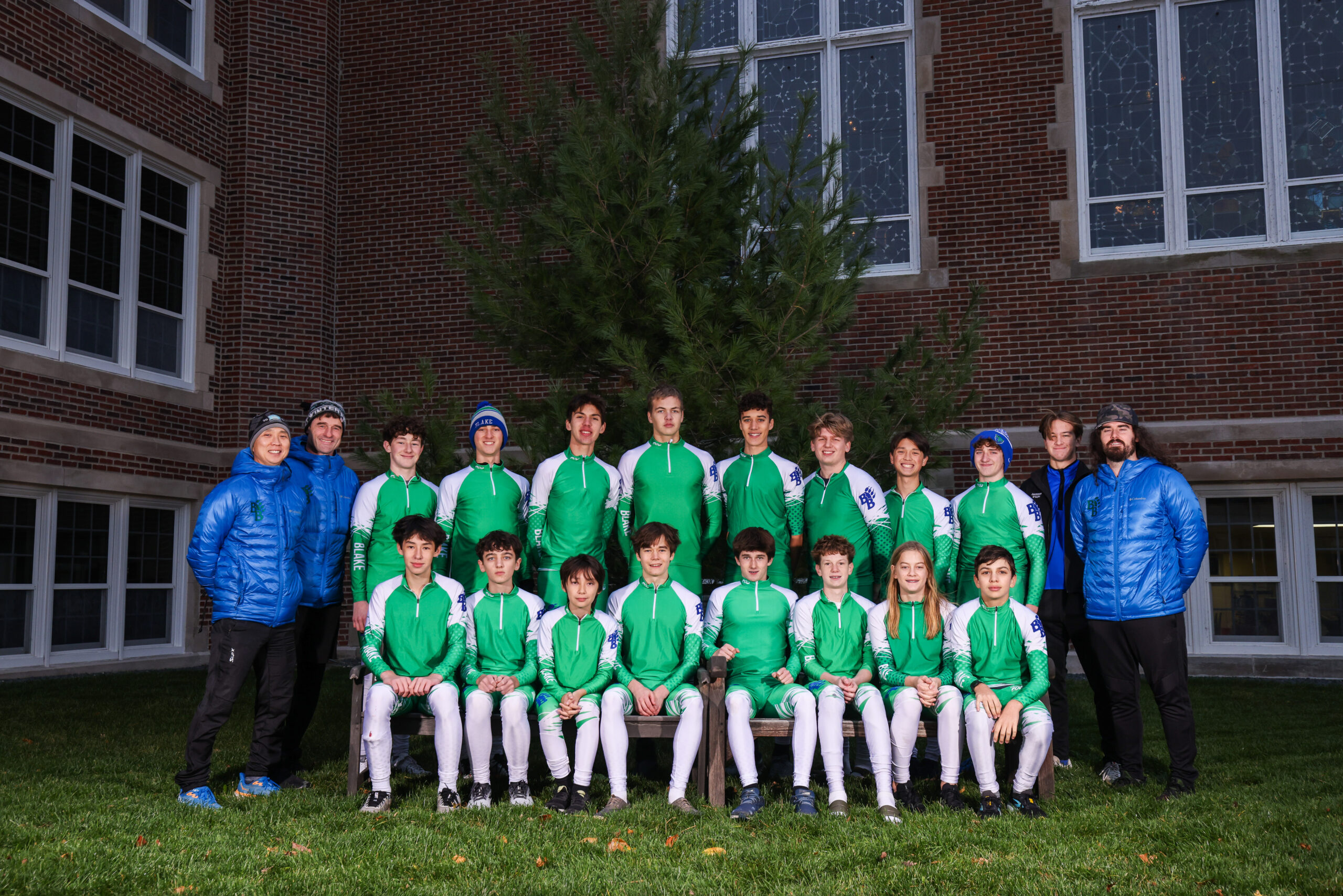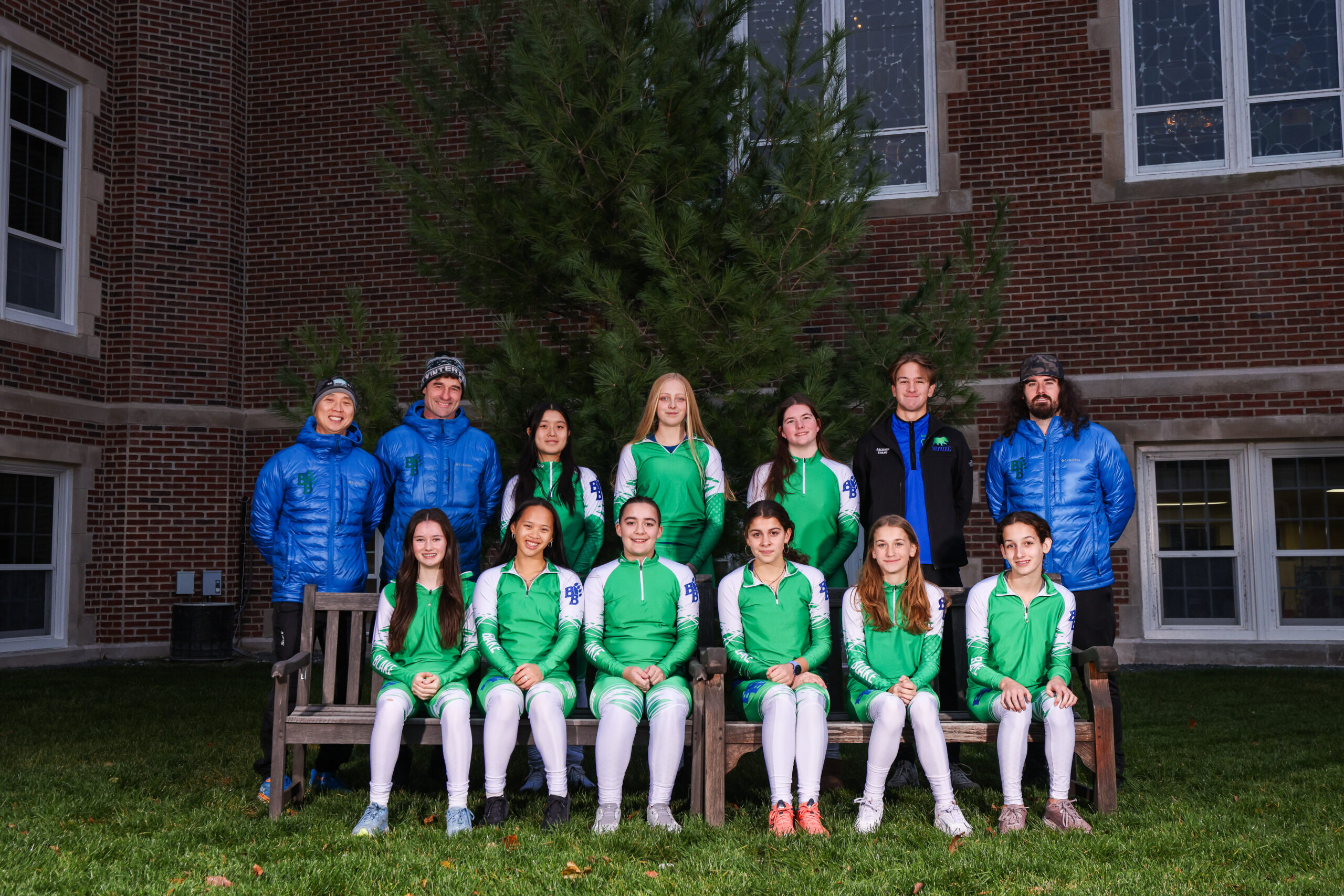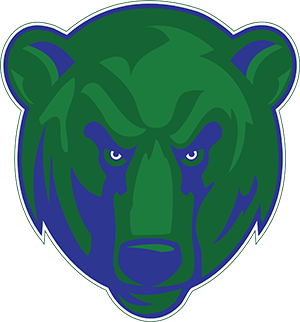
2024-2025 Boys Nordic

2024-2025 Girls Nordic
PRACTICE/MEET SCHEDULE
Venue addresses, driving directions, and bus departure details can be found from the IMAC calendar. A quick overview of the Meet schedule only is below.
Other Sports Information
EVENT DATE | START TIME | RACE LOCATION | RESULTS |
|---|---|---|---|
| 12/12/24 | 4:00 pm | Elm Creek | CLICK HERE |
| 01/8/25 | 4:00 pm | Battle Creek | CLICK HERE |
| 01/16/25 | 4:00pm | Hyland Park | CLICK HERE (Boys) CLICK HERE (Girls) |
| 01/22/25 | 4pm | Theo Wirth Park | CLICK HERE (Boys) CLICK HERE (Girls) |
| 01/29/25 | 9am | Theo Wirth Park (Conference Championship) | CLICK HERE (Boys) CLICK HERE (Girls) |
| 02/4/25 | 9am | Battle Creek (Section Race) | CLICK HERE |
| 02/07/25 | 9am | Battle Creek (MS/JV Championships) | |
| 02/10/25 | 4pm | Como Costume Race | |
2024 NORDIC CONFERENCE CHAMPIONSHIP MEET RESULTS
Blake Boys Team: 3rd Overall
Blake Girls Team: 5th Overall
All Conference:
Jack Rudolph 5th Place
All Conference Honorable Mention:
Jackson Evans 10th
Otis Friesen 13th
Petra Ekstrom 157
 CHARLIE Cracraft
CHARLIE Cracraft
Head Coach
 GEOFFREY Fuller
GEOFFREY FullerAssistant Coach
 BARRY Schultz
BARRY Schultz
Assistant Coach
 VINCE Goeddeke
VINCE Goeddeke
Assistant Coach
The Blake Nordic Ski Team is truly a family. Although we have Middle School, Junior Varsity and Varsity athletes we consider ourselves one TEAM. The experience our athletes have navigating all the logistics of being a cross- country skier are challenging but worthwhile. We build our team through shared experiences in dry land, wax room, and trail skiing. We learn to persevere through light snow years, cold practices, and tough wax days. The character that our athletes develop and exhibit each season is truly amazing.
Our sport is a service to the student athletes and a reflection of our school. Although we strive for a very competitive team and a rigorous experience we do have room for anyone interested in trying this unique and challenging sport. From beginners to varsity letter winners and skiers moving on to compete at the next level- all are welcome! Our existing team was born of a club system just in the late 90’s. However, each season Blake Nordic has multiple conference award winners. In 2011 our girls captured our first Tri-Metro Championship that sets a new tone for our upcoming athletes. The future is bright in Blake Nordic Skiing! Go Bears!
NORDIC SKI EQUIPMENT FAQ
What equipment do I need?
- Skate skis
- Classic skis
- Skate poles
- Classic poles
- Combi boots (used for both skate and classic or 1 pair of boots for each style)
- Ski bag
Ski shops will have high school packages selling this set of equipment or ask them about a year or two year old models as some times they are better deals as well.
A ski bag is also required. No skis will allowed to be stored in the wax room without a ski bag.
Does the school have ski equipment that I can use?
The team has a very limited number of skis that it has available for loan. Priority will be given to first year skiers and foreign exchange students. Most skiers will have to buy their own skis and virtually everyone will need to buy their own pair of ski boots.
What’s the difference between skate and classic skis?
Skate and classic skis are designed specifically for their designated technique with the main difference being the amount of flex and torsion of the skis. Classical skiing is the original style of cross-country skiing. In this style the arms and legs move parallel to the direction of travel and with the same tempo as walking or running. Classical skiing depends on the kicking and gliding with parallel skis to move forward on a trail. Skate skiing is a newer method of cross-country skiing and uses lateral movements that are familiar to inline, roller and ice skaters. The arms work together with the legs to help achieve forward momentum. Skating is a great option as long as you are willing to stick to groomed trails. The main visual difference between the skis is that a skier’s classic skis will be longer than their skate skis. Classic skis should also be marked with the different kick zones: Powder, Hard, and Klister (P, H, K). The markings should be put on each classic ski.
What size skis should I get?
Skis are sized for a person’s weight and not their height. When buying skis the sales person should check if the ski’s flex is appropriate by having the skier stand on the ski. This is a big reason why skis should be purchased at a ski store specializing in Nordic skiing. Some of the ski swaps, like the MYSL Ski Swap, will also have trained people to assist with sizing skis.
Can I use an old pair of skis that we have in the garage?
Maybe. If you need to buy other equipment like boots, bring these skis to the ski shop to see if they are an appropriate size for the skier.
What’s the difference between skate and classic poles?
There is no difference between the poles themselves other than skate poles will be longer than classic poles. Skate poles will come up to around a skier’s chin or lower lip, while classic poles will come up to around the skier’s shoulder.
Should I get NNN or SNS bindings?
Either type of binding is fine. Try on different boots and choose which ever boot is most comfortable. The boot will then determine which binding you will get. Since combi boots are recommended for beginner and intermediate racers, the same type of binding system should be purchased for the classic and skate skis.
Isn’t it better to get separate skate and classic boots than combi boots?
You should first get combi boots because if you eventually achieve a level where it makes sense to invest in more equipment, the combi boots can be used for summer roller skiing.
Is ski equipment expensive?
Yes, but there are ways to mitigate the cost. A new set of racing ski equipment (2 skis: classic and skate; 2 sets of poles: classic and skate; one pair of combi boots) begin at around $600. Here are ways to reduce your equipment cost:
- Always be sure to ask for the high school team discount, as most ski shops do offer a discount for members of high school Nordic teams.
- Buy used equipment. There are a handful of local ski swaps that sell Nordic equipment. The best sources of used equipment are your neighbors and friends that have had kids in Nordic skiing.
- Buy older model equipment. Ski shops will have new equipment from one, two, or more years ago that will be less expensive.
- Consider that the seller market for equipment is very good. The demand for used ski equipment is much greater than the supply. If you re-sell your equipment, you will get back a significant portion of what you paid for it.
Where can I buy new Nordic ski equipment?
PLEASE HAVE THE SKI SHOP HOT BOX YOUR SKIS WHICH MEANS THEY HAVE THE BASE LAYERS OF WAX ON. The team will apply the next layer of wax that is necessary based on the temperature before our first time on actual skis.
Here are local stores that specialize in Nordic ski racing equipment. Always be sure to ask for the high school team discount:
Finn Sisu
2436 Larpenteur Ave W
Lauderdale, MN 55113
Gear West
1786 West Wayzata Blvd. Suite B
Long Lake, MN 55356
Hoigaards
5425 Excelsior Blvd.
Saint Louis Park, MN 55416
Other local stores that carry Nordic ski racing equipment are Joe’s Sporting Goods, Midwest Mountaineering, and Pioneer Midwest Ski Shop.
Where can I buy or sell used Nordic ski equipment?
There are ski swaps where you can buy and sell used equipment. The ski swaps usually have trained people to help size the equipment correctly. The largest Nordic ski swap is the MYSL Ski Swap.
If you are buying used equipment from another person, try asking them if you can bring the equipment to a knowledgeable person to be make sure you’re getting the correct size.
Do I need any other equipment?
If you are planning on going on long ski training sessions, then a water bottle and water bottle holder is nice to have. A digital watch is also good to have for workouts.
I’ve got my new equipment, now what?
First thing, put your name on all your equipment! PLEASE LABEL EVERY PIECE OF EQUIPMENT. Skis look a like, so it is very easy for equipment to get mixed up. Also, put something like a ribbon on your ski bag to easily distinguish it from all the other identical looking ski bags. Now get out there and ski!
NORDIC SKI CLOTHING FAQ
Nordic Ski Clothing FAQ
The key concepts for Nordic ski clothing are:
- Layering– Bulky winter jackets restrict motion and generate excessive body heat, so they are not conducive for Nordic skiing. Wearing multiple light layers works better, as it allows freedom of motion and traps warm air between the layers.
- Moisture-wicking fabrics — Wetness and cold air are not a good combination. Base layer clothing should be made of moisture-wicking fabrics, such as synthetics, wool, and silk. Cotton absorbs moisture and should not be used for Nordic ski clothing.
- Wind protection — The outer layer of clothing should protect the skier from the wind.
What clothing do I need for Nordic skiing?
The following ensemble can be used for most weather conditions:
- Long underwear bottom made of moisture-wicking fabric (synthetic, wool, or silk).
- Long underwear top or turtleneck made of moisture-wicking fabric (synthetic, wool, or silk)
- Wool-blend socks
- Mid-layer top — for example a ¼ zip turtleneck made of moisture-wicking or quick-drying fabric
- Windpants or Nordic ski pants
- Windproof outer shell jacket
- Winter gloves, lob-claws, or mittens
- Winter hat or headband
- Neck gaiter or buff
Skiers will quickly learn what clothing works well for them for various weather conditions.
What if it’s really cold outside?
Nordic skiers work hard and generate heat, so only minor adjustments are needed for colder weather. Here are some strategies for colder weather:
- Windbriefs– This is highly recommended for male skiers.
- Boot covers – If your feet get cold, boot covers will block wind and snow.
- Neck gaiter and buff – It is important to cover your face. A scarf is not recommended for skiing.
- Multiple mid-layer tops – Add more layers of clothing
- Add light gloves – Wear some light gloves under your winter gloves/mittens
- Don’t overload with socks – Tight-fitting boots restrict blood to your feet.
Do I need to get Nordic ski-specific clothing?
Nordic ski clothing is specifically designed for the motion of Nordic skiing, but it also tends to be more expensive than other winter activity clothing. Here is one person’s opinion on where to invest in clothing:
- Nordic ski pants – Most skiers will only need one pair of Nordic ski pants that they will wear everyday. Nordic ski pants work well in that they have wind protection in the front and are able to breathe in the back. They are also designed specifically for the Nordic ski motion.
- Nordic ski gloves – My skiers favor lob-claw gloves. They provide better use of the hand than mittens, but are warmer than gloves.
- Good long underwear — This isn’t Nordic ski-specific, but higher-end long underwear does work better in keeping you moisture-free.
SkinnySki
Narrow Skis, Wide Coverage
EARLY SEASON INFORMATION
MANDATORY PARENT MEETING: Tuesday, November 15, 2016 @5:30 in Middle School Pillsbury Room (PCR)
Official Nordic Season Start Date: November 14, 2016
Location: Middle School Small Gym
Time: 3:40-5:30
Early Season Equipment:
- Roller Ski/Roller Blades
- Skate Poles
- Helmet
- Running Shoes
- Indoor training clothes
- Outdoor training clothes
We will be having practices at the Middle School until we get enough snow, which is typically after Thanksgiving Break. Once there is enough snow we generally practice at Theodore Wirth Park.
Dry Land Practices: The team will be doing general Dry Land Practices and Nordic Specific Dry Land Training. Roller Skis are not mandatory but highly recommended. We will be on wheels often, so either roller skis or roller blades are needed. We have a bunch of extra roller blades but only a few pairs of team roller skis.






